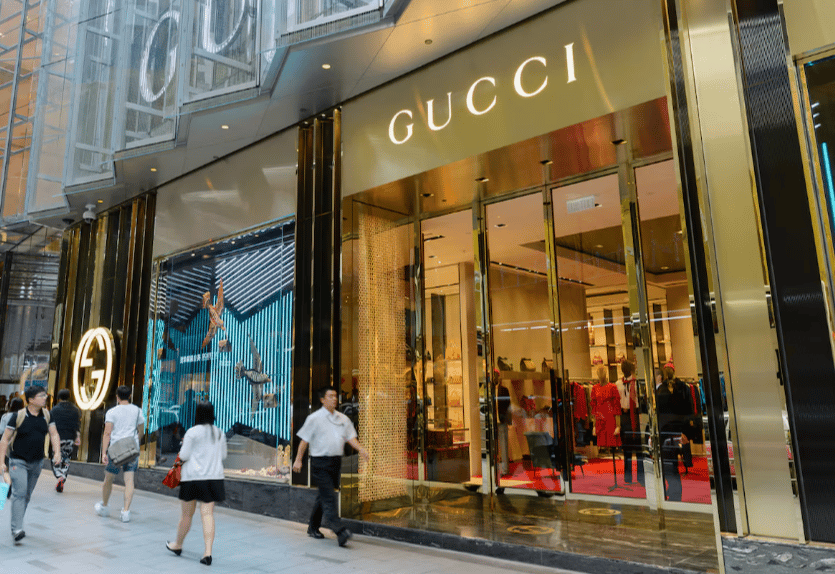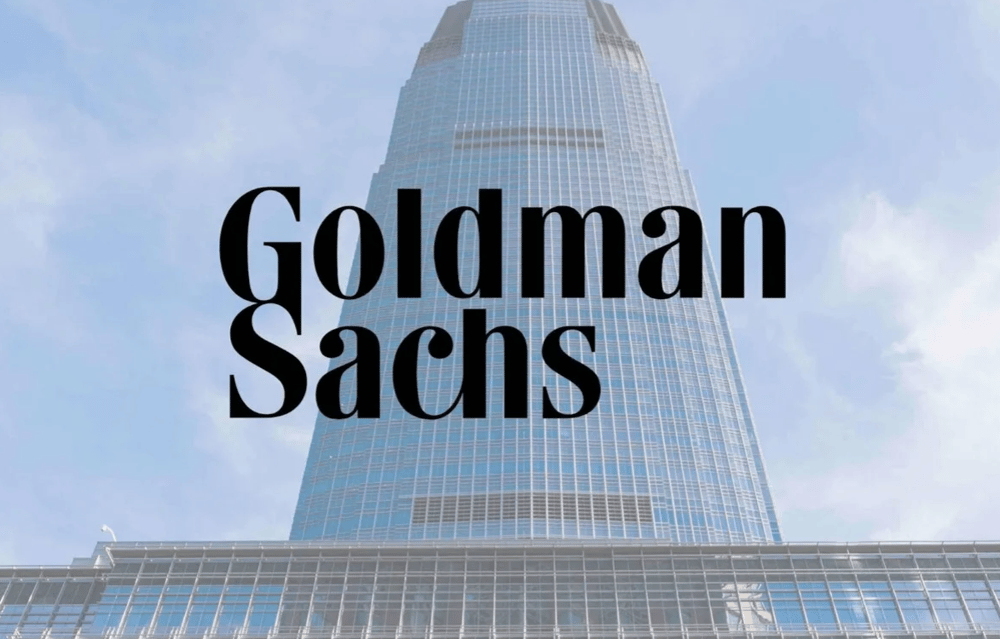China’s Rising Deflation Risk Pressures CNY and Luxury Sector Amid Consumer Pullback
As China’s economy continues to struggle with weak domestic demand and property market distress, deflationary trends are reshaping the behavior of middle-class consumers. Recent indicators suggest a growing tendency among Chinese citizens to delay or downgrade discretionary purchases, including in premium categories such as luxury goods. A case in point is Mendy Li, an energy sector employee whose salary was recently cut by 10% due to state-mandated austerity. With her family’s real estate assets having lost half their value, she has resorted to buying second-hand luxury items, illustrating a broader consumer retrenchment.
This evolving trend adds to the macroeconomic concerns about entrenched deflation—an environment in which falling prices disincentivize spending and investment, potentially stalling GDP growth and monetary policy effectiveness.
Economic Signals Point Toward Entrenched Deflation Risk
China's consumer price index (CPI) has been hovering near zero for several quarters, and in certain months, slipping into negative territory. A combination of wage stagnation, real estate market corrections, and cautious spending is contributing to a feedback loop that threatens to push the world’s second-largest economy (measured in USD) into a persistent deflationary spiral.
The luxury goods sector, traditionally resilient during downturns due to its affluent customer base, is now experiencing the impact of frugality at the higher end of the income spectrum. According to market reports, resale platforms for luxury fashion and accessories in mainland China have seen a notable uptick in volume. This signals not only changing consumption patterns but also a declining willingness to pay premium prices—even among consumers who previously drove revenue for brands like LVMH $MC, Gucci $KER.PA, and Prada $1913.HK.
Meanwhile, the Chinese yuan (CNY) remains under pressure as capital outflows intensify and foreign exchange reserves are gradually tapped to prevent rapid depreciation. A weaker CNY may inflate the price of imported goods but is unlikely to offset the domestic disinflation unless consumer sentiment recovers materially.

Snapshot — Key Deflationary Trends
Wage Compression: Public sector salary cuts, including 10% reductions for state energy workers
Asset Depreciation: Residential real estate valuations down 30–50% in some regions
Luxury Resale Boom: Second-hand luxury item sales surge across e-commerce platforms
CNY Weakness: Pressure on the yuan adds external risk to an already fragile demand base
CPI Outlook: Headline inflation remains near-zero, increasing the probability of prolonged deflation
Market Reaction and Expert Commentary
Market participants have responded with increasing caution. Chinese equity indices such as the CSI 300 and SSE Composite have underperformed relative to global benchmarks like the SPX, as concerns over growth and deflation dominate sentiment. Moreover, economists at leading financial institutions, including Goldman Sachs $GS and Nomura $8604.T, have revised their forecasts downward for China’s full-year GDP growth, citing weak consumer spending and fiscal drag.
Policy responses thus far have been measured. The People’s Bank of China (PBOC) has adjusted reserve requirements and liquidity injections to support the banking system, but broader stimulus remains limited. Analysts warn that without decisive action—such as direct fiscal transfers or substantial housing sector reform—the deflationary dynamics could harden.

Key Takeaways
Consumer Retrenchment Deepens: Mid- to high-income households are cutting discretionary spending, including luxury.
Real Estate as a Drag: Ongoing property market weakness is eroding household wealth and consumer confidence.
Yuan Under Strain: Exchange rate instability exacerbates external pressures while internal demand falters.
Policy Uncertainty: Limited stimulus and cautious monetary easing are insufficient to reverse sentiment.
Risk of Deflation Entrenchment: Behavioral changes among consumers could make deflation self-reinforcing, complicating macroeconomic management.
Consumer Psychology and Economic Fragility Create a Deflationary Trap for China
The evolving dynamics of China's consumer economy are not merely cyclical—they may be symptomatic of a deeper, structural shift in economic behavior. As salary cuts, asset deflation, and growing economic insecurity reshape spending patterns, the threat of entrenched deflation becomes more tangible. Without more proactive fiscal or monetary measures, the People’s Republic risks entering a phase of economic stagnation where low prices and low growth reinforce each other. The behavior of individual consumers like Mendy Li may soon represent the norm, not the exception, underscoring the urgency for policy recalibration.















Comments